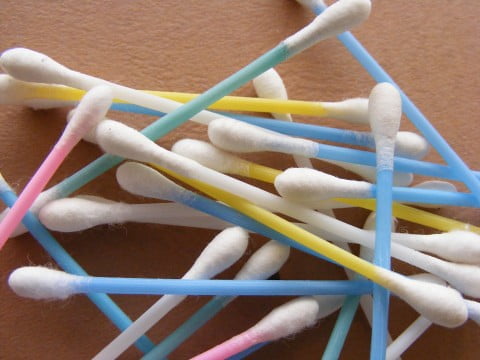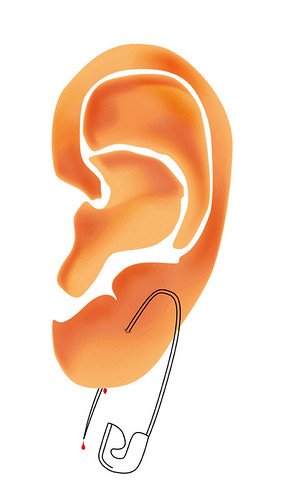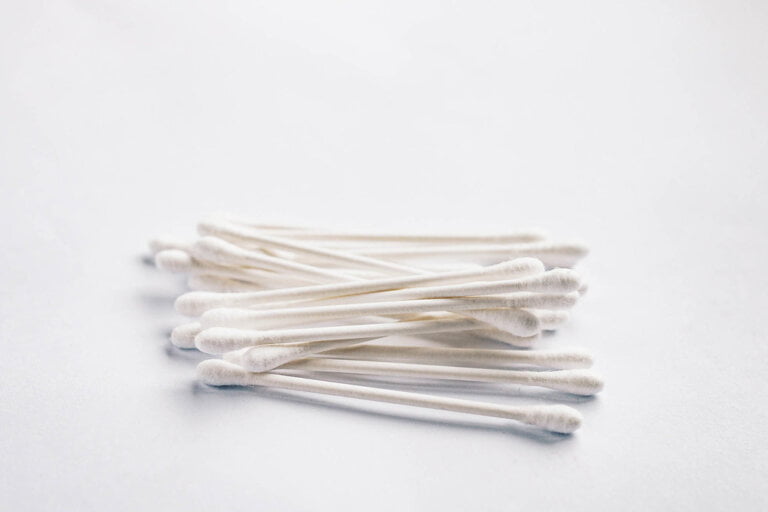Trailblazing in Treatment: The Latest Research in Manual Instrument Ear Wax Removal
Last Updated on 25th April 2024 by Admin
Ear wax, also known as cerumen, is a natural substance produced by the glands in our ears. It plays a vital role in maintaining ear health by trapping dust, debris, and harmful bacteria, preventing them from reaching the delicate inner ear. While ear wax is essential, an excessive buildup of it can lead to discomfort, hearing loss, and even infections. This is where manual instrument ear wax removal techniques come into play.
Understanding Manual Instrument Ear Wax Removal
Manual instrument ear wax removal refers to the process of clearing excess earwax from the ear canal using specialized tools and techniques. It is a safe and effective method when performed by trained professionals. Recent research in this field has led to advancements in understanding the best practices for manual instrument ear wax removal.
Earwax removal techniques have evolved significantly over the years, thanks to ongoing research and technological advancements. The latest research focuses on developing gentle yet effective techniques for ear wax removal. Healthcare professionals now have access to specially designed instruments that minimize discomfort and trauma to the ear canal. These tools are designed to be gentle on the delicate tissues of the ear while effectively removing excessive wax.
Additionally, advances in visualization technology have revolutionized manual instrument ear wax removal. High-resolution cameras and microscopic devices allow healthcare professionals to visualize the ear canal in detail, ensuring a more accurate and precise removal process. This improved visualization not only enhances the quality of care but also reduces the risk of complications during the procedure.
The Importance of Research
Research in the field of manual instrument ear wax removal is crucial for several reasons. It helps to identify innovative techniques that enhance patient comfort and safety during the procedure. Furthermore, research aids in the development of standardized protocols for ear wax removal, ensuring consistency and quality across healthcare providers.
The importance of research cannot be overstated when it comes to manual instrument ear wax removal. It allows healthcare professionals to stay updated with the latest advancements in the field and adopt evidence-based practices. By conducting research, professionals can better understand the underlying mechanisms of ear wax production and its impact on ear health. This knowledge is essential in developing effective treatment protocols and ensuring the well-being of patients.
Moreover, research plays a vital role in identifying any potential risks or complications associated with manual instrument ear wax removal. By conducting studies and analyzing data, healthcare professionals can develop preventive measures to minimize these risks and enhance patient safety. Research also helps in evaluating the long-term outcomes of different removal techniques, allowing professionals to choose the most effective and sustainable options for their patients.
Recent Discoveries and Advancements
-
Gentle and Efficient Removal Techniques: Recent research has focused on developing gentle yet effective techniques for ear wax removal. This includes the use of specially designed instruments that minimize discomfort and trauma to the ear canal. These instruments are designed to be ergonomic and provide precise control for healthcare professionals, ensuring a safe and efficient removal process.
-
Improved Visualization: Advances in visualization technology have revolutionized manual instrument ear wax removal. High-resolution cameras and microscopic devices allow healthcare professionals to visualize the ear canal in detail, ensuring a more accurate and precise removal process. This improved visualization not only enhances the quality of care but also reduces the risk of complications during the procedure.
-
Individualized Treatment Plans: Research has emphasized the importance of tailoring ear wax removal treatments to individual patient needs. No two patients are alike, and the nature of their ear wax can vary significantly. By considering factors such as the nature of the ear wax, the patient’s medical history, and previous ear procedures, healthcare professionals can provide personalized and targeted treatments. This individualized approach ensures optimal outcomes and patient satisfaction.
-
Reducing the Risk of Complications: Research has also focused on reducing the risk of complications associated with manual instrument ear wax removal. By identifying potential risks and developing preventive measures, healthcare professionals can ensure the safety and well-being of their patients. For example, studies have shown that using gentle techniques and avoiding excessive force can significantly reduce the risk of trauma to the ear canal.
-
Patient Education and Empowerment: Recent studies have highlighted the significance of patient education in ear wax management. By educating patients about ear wax, its role in ear health, and preventive measures, healthcare professionals empower patients to take an active role in their ear care. This includes teaching patients about proper ear hygiene, the importance of regular check-ups, and when to seek medical attention if complications arise. Empowering patients with knowledge enables them to make informed decisions and actively participate in their treatment.
In summary, recent discoveries and advancements in manual instrument ear wax removal have revolutionized the field. These advancements have resulted in safer and more effective treatments, with a focus on patient comfort and satisfaction. By staying updated with the latest research and embracing evidence-based practices, healthcare professionals can deliver high-quality care while ensuring optimal outcomes for their patients.
Best Practices for Manual Instrument Ear Wax Removal
Based on the latest research, the following best practices have emerged for manual instrument ear wax removal:
-
Assessment and Evaluation: Before initiating ear wax removal, a comprehensive assessment and evaluation of the patient’s ear canal should be conducted. This includes examining the type and quantity of ear wax, the presence of any underlying conditions, and evaluating the patient’s hearing. This assessment helps healthcare professionals determine the most appropriate technique and instruments for the procedure.
-
Patient Preparation: Patients should be educated about the procedure, its benefits, and any potential risks involved. Clear instructions should be provided regarding pre-procedure care, such as avoiding the use of cotton swabs or any other objects in the ear canal. Patients should also be informed about the importance of adhering to post-care instructions for optimal recovery.
-
Instrument Selection: Healthcare professionals should choose appropriate instruments based on the patient’s individual needs. This includes considering the size and shape of the ear canal, the consistency of the ear wax, and the patient’s comfort during the procedure. Using the right instruments ensures a safe and effective removal process.
-
Visualization and Illumination: Utilizing visualization tools, such as otoscopes or video otoscopes, enhances the accuracy and safety of manual instrument ear wax removal. Adequate illumination ensures optimal visualization of the ear canal, allowing healthcare professionals to perform the procedure with precision and minimize the risk of complications.
-
Technique and Skill: Healthcare professionals should employ gentle and precise techniques for ear wax removal, minimizing the risk of trauma to the ear canal. Regular training and skill development in manual instrument ear wax removal techniques are essential for healthcare professionals. This ongoing education ensures that professionals stay updated with the latest advancements and deliver high-quality care.
-
Post-Care Instructions: After the removal procedure, patients should be provided with post-care instructions. This includes guidelines on ear hygiene, preventing future ear wax buildup, and when to seek medical attention if complications arise. Clear and concise instructions empower patients to take charge of their ear health and maintain the benefits of the procedure.
In conclusion, adhering to best practices based on the latest research is crucial for successful manual instrument ear wax removal. These practices ensure patient safety, comfort, and optimal outcomes. By following these guidelines and staying updated with advancements in the field, healthcare professionals can deliver high-quality care and improve the quality of life for individuals affected by excessive ear wax buildup. Continuous research and innovation will further enhance the field, enabling more effective and patient-centered treatments.
FAQ
- What is manual instrument ear wax removal?
- Manual instrument ear wax removal refers to the process of clearing excess earwax from the ear canal using specialized tools and techniques.
- Why is research important in manual instrument ear wax removal?
- Research in this field helps identify innovative techniques that enhance patient comfort and safety, develop standardized protocols, understand the mechanisms of ear wax production, and minimize risks and complications associated with the procedure.
- What recent advancements have been made in manual instrument ear wax removal?
- Recent advancements include the development of gentle and efficient removal techniques, improved visualization technology, individualized treatment plans, reducing the risk of complications, and patient education and empowerment.
- What are the best practices for manual instrument ear wax removal?
- The best practices include assessment and evaluation of the patient’s ear canal, patient preparation, appropriate instrument selection, visualization and illumination, gentle and precise techniques, and providing post-care instructions for optimal recovery and future prevention.







